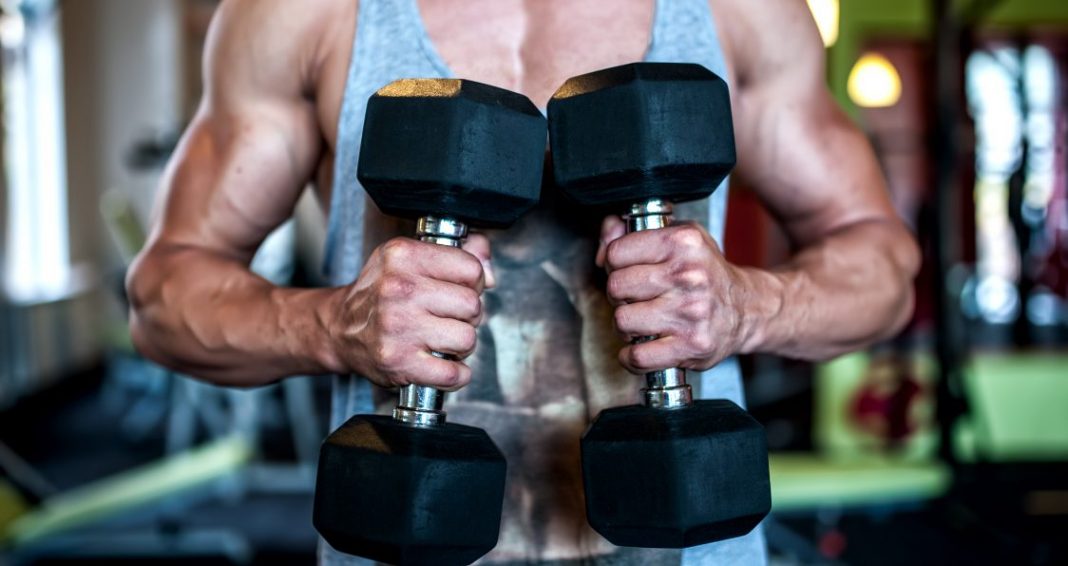

You can learn more about how we ensure our content is accurate and current by reading our editorial policy. We link primary sources - including studies, scientific references, and statistics - within each article and also list them in the resources section at the bottom of our articles. Medical News Today has strict sourcing guidelines and draws only from peer-reviewed studies, academic research institutions, and medical journals and associations.
Dumbbell squeeze press full#
Focus on building strength and expanding the range of motion in the upper body before trying to perform a full chest dip.

Squeeze at the top of the lift and hold for 1–2 seconds. On the exhale, use the chest muscles to push the dumbbells up.The dumbbells should be on the outer edges of the chest.

To begin, bend the arms to form a 90-degree angle at the elbow.Hold the dumbbells shoulder-width apart and rotate the wrists until the palms are facing away.Raise the dumbbells over the chest, extending the arms toward the ceiling.Set the decline bench at a 45-degree angle, and lie down on it with one dumbbell in each hand.Using a barbell will allow people to lift heavier weights for fewer reps, but dumbbells allow a greater range of motion, which may be a better option for people who want to target their lower chest. The instructions for this exercise call for dumbbells, but people can use a barbell instead. This article describes five exercises that help people gain strength and definition in the lower chest. One set of 8 to 12 repetitions (reps) is effective in resistance training, but 2 or 3 sets may be more effective. It is possible to target specific areas of the chest by using modified lifts.Īccording to the Physical Activity Guidelines for Americans, people should perform muscle-strengthening activities on at least 2 days of the week. To build up the pecs, people can do exercises that work the entire chest area. The pectoralis minor lies underneath the pectoralis major and runs from the rib bones to the scapula in a triangular shape. The pectoralis major is a fan-shaped muscle that spans from the chest bone and clavicle to the upper arm bone. They also control several arm movements, including flexing and rotating the arm and bringing it in toward the body’s midline (adduction). The pectoral muscles, which people often refer to as the pecs, define the shape and appearance of the chest. Incline pushups and cable crossovers are among the options. People who want to develop their lower chest muscles can try a range of exercises to strengthen the pectoral muscles.


 0 kommentar(er)
0 kommentar(er)
